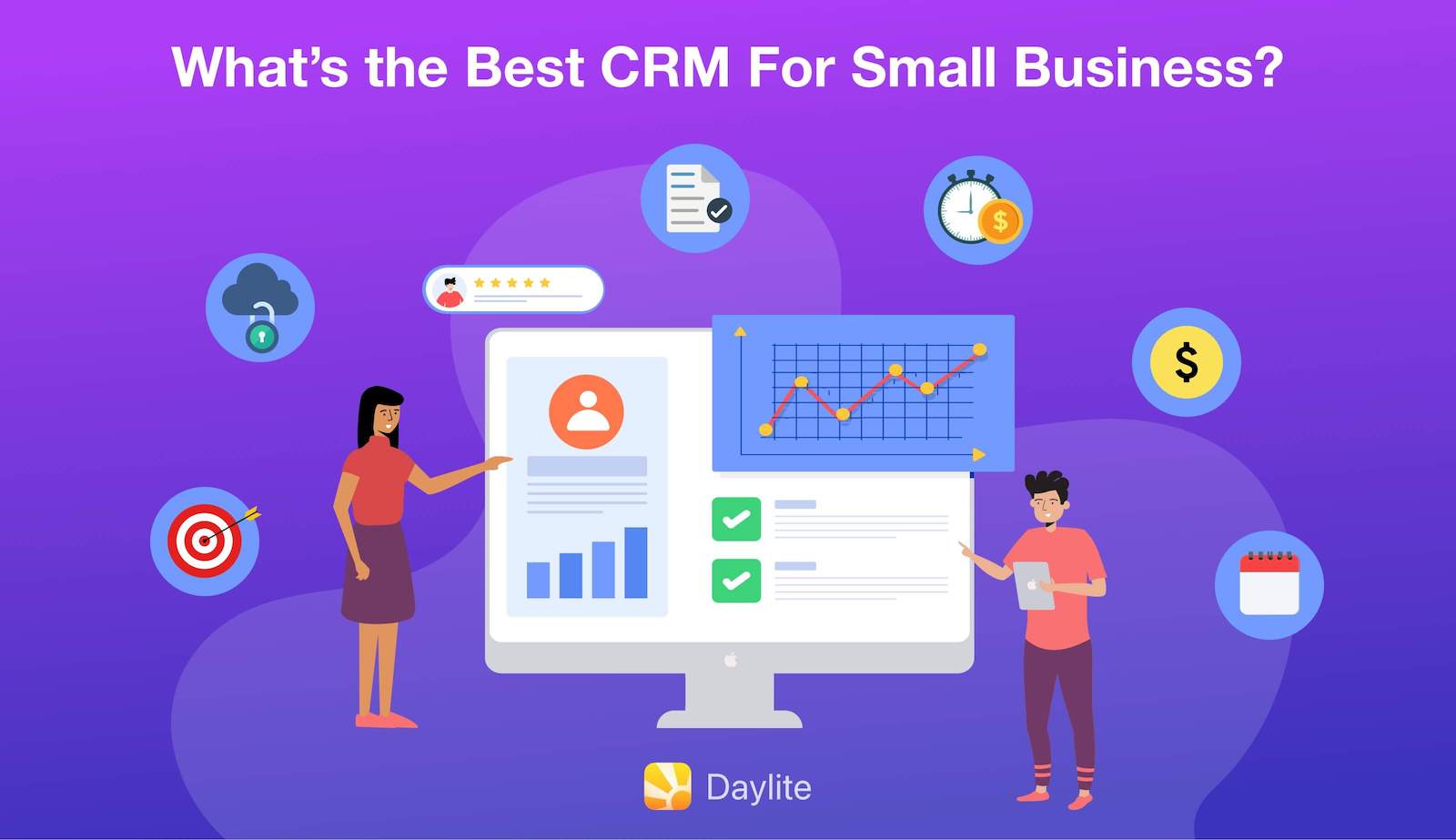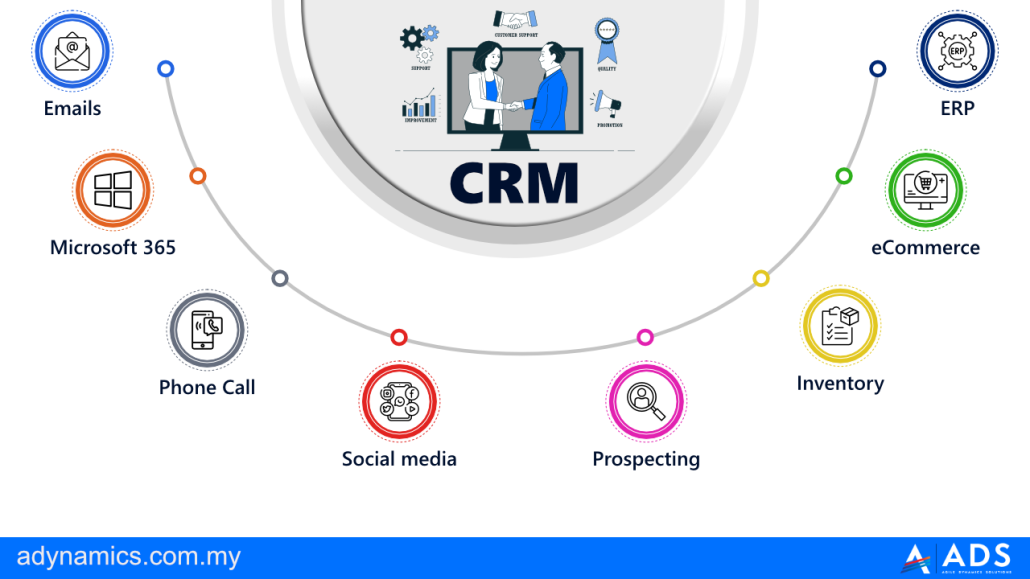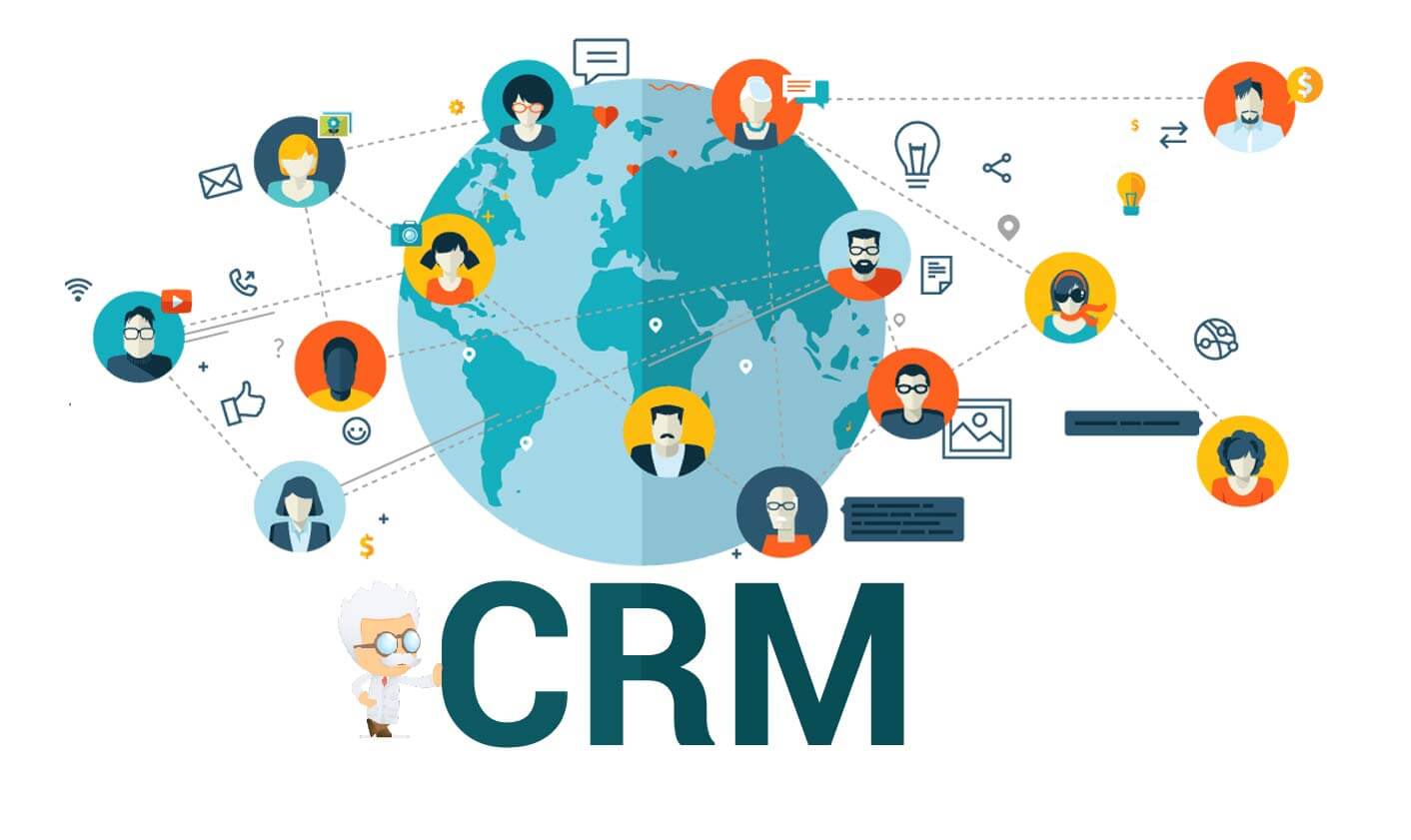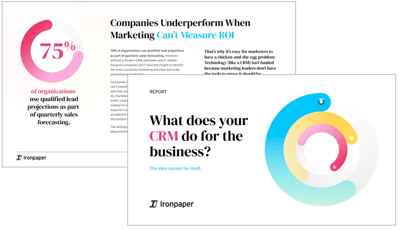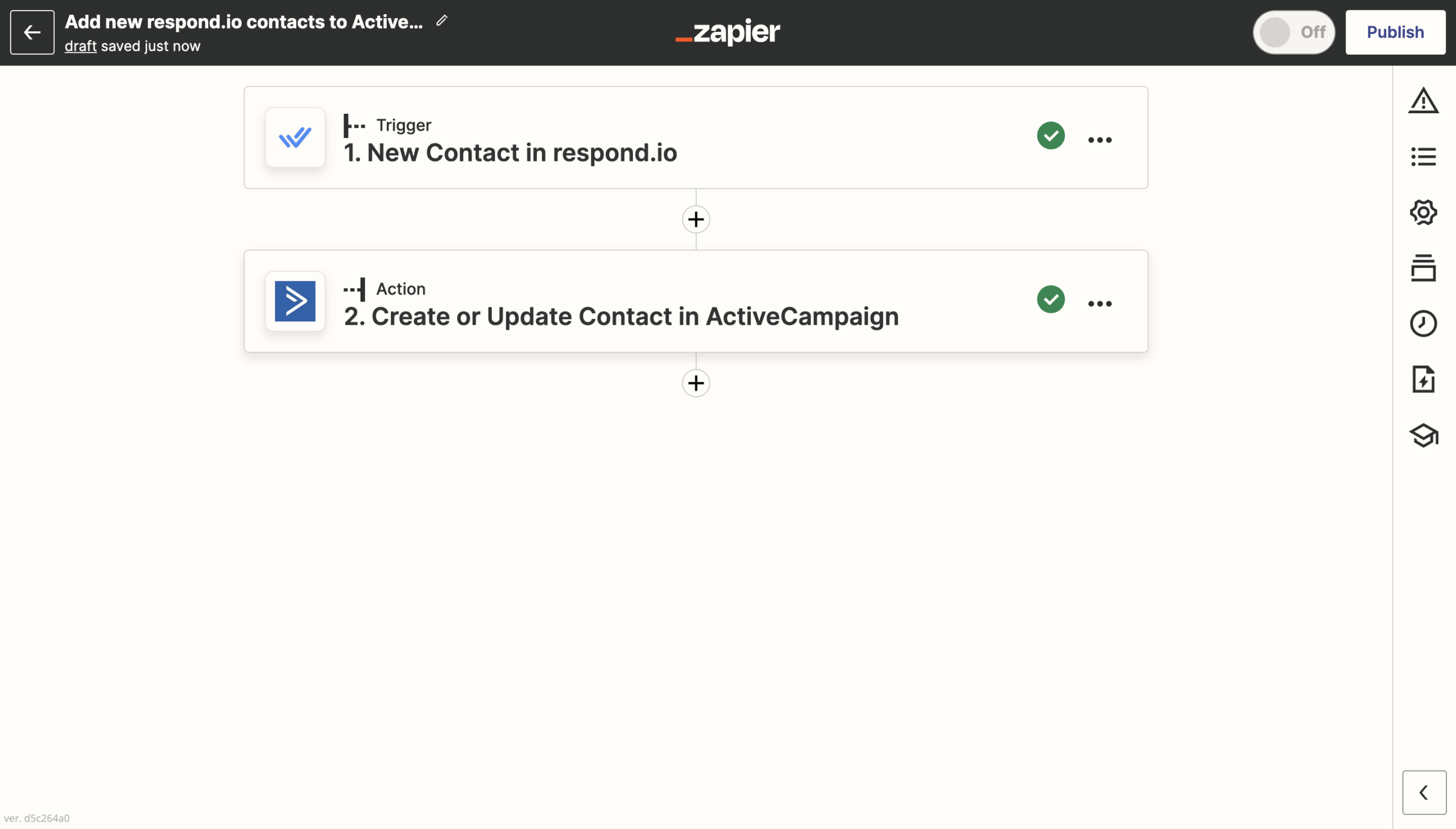Supercharge Your Business: Mastering CRM Integration with Zapier
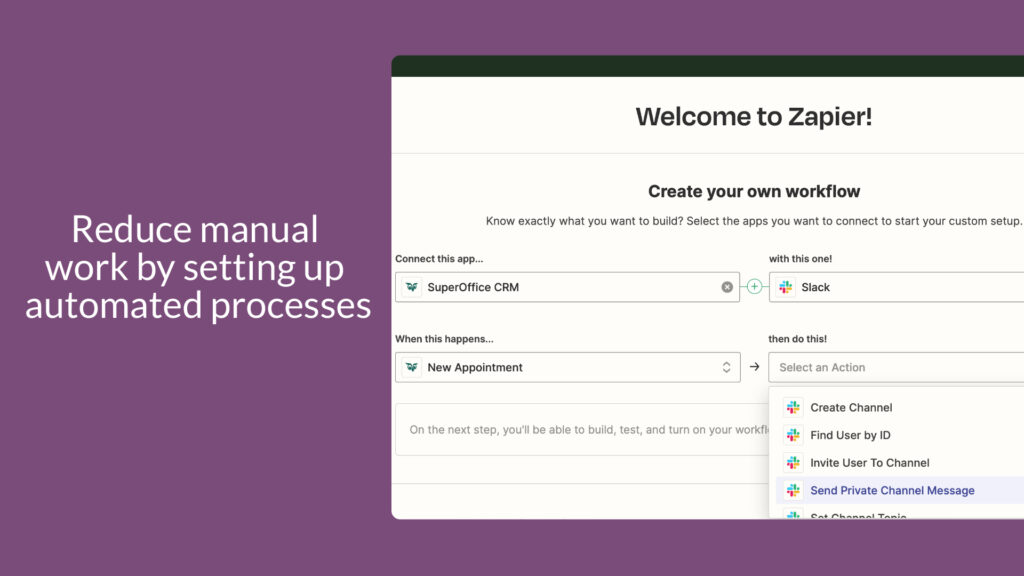
Supercharge Your Business: Mastering CRM Integration with Zapier
In today’s fast-paced business environment, efficiency is the name of the game. Companies are constantly searching for ways to streamline their workflows, automate repetitive tasks, and ultimately, boost their bottom line. One of the most effective strategies for achieving these goals is integrating your Customer Relationship Management (CRM) system with other essential business tools. And when it comes to seamless integration, Zapier shines as a powerful and user-friendly platform.
This comprehensive guide will delve deep into the world of CRM integration with Zapier. We’ll explore the “why” and “how” of this powerful combination, providing you with the knowledge and practical steps to transform your business operations. Whether you’re a seasoned entrepreneur or just starting out, understanding and implementing these strategies can be a game-changer for your organization.
Why CRM Integration Matters
Before we dive into the specifics of Zapier, let’s first understand why CRM integration is so crucial. Your CRM is the central hub of your customer data. It holds vital information about your leads, customers, interactions, and sales. However, if this data remains siloed within your CRM, its potential is severely limited. Integrating your CRM with other applications unlocks its true power, allowing you to:
- Automate Data Entry: Eliminate manual data entry and reduce the risk of human error.
- Improve Sales and Marketing Efficiency: Automate lead nurturing, follow-up, and other critical sales and marketing processes.
- Enhance Customer Service: Provide faster and more personalized customer support.
- Gain a 360-Degree View of Your Customer: Consolidate data from various sources to get a complete understanding of your customers.
- Boost Productivity: Free up your team’s time by automating repetitive tasks, allowing them to focus on more strategic activities.
- Increase Revenue: By streamlining processes and improving customer experiences, CRM integration can directly contribute to increased revenue.
In essence, CRM integration is about connecting the dots within your business ecosystem. It’s about creating a seamless flow of information that allows your teams to work smarter, not harder.
Introducing Zapier: Your Integration Superhero
Zapier is a web-based automation tool that connects different web applications, allowing them to communicate and share data with each other. Think of it as a translator and facilitator, bridging the gap between your various software tools. It works by creating “Zaps” – automated workflows triggered by specific events (e.g., a new lead entering your CRM) and resulting in actions (e.g., sending a welcome email).
Here’s why Zapier is such a valuable asset for CRM integration:
- User-Friendly Interface: Zapier’s intuitive drag-and-drop interface makes it easy to set up integrations, even if you have no coding experience.
- Wide Range of Integrations: Zapier connects with thousands of popular apps, including all major CRM platforms, marketing automation tools, email providers, and more.
- Flexibility and Customization: You can customize your Zaps to fit your specific business needs, allowing you to tailor the automation to your workflows.
- Cost-Effective: Zapier offers a variety of pricing plans, including a free plan, making it accessible to businesses of all sizes.
- Time-Saving: Zapier automates repetitive tasks, freeing up your team to focus on more important work.
Zapier’s ability to connect different apps and automate workflows makes it an ideal tool for integrating your CRM with other crucial business applications.
Popular CRM Systems and Their Integration with Zapier
The beauty of Zapier lies in its versatility. It supports integrations with a wide range of CRM systems. Here are some of the most popular options and examples of how they can be integrated with other tools using Zapier:
Salesforce
Salesforce is the leading CRM platform, known for its robust features and scalability. With Zapier, you can integrate Salesforce with tools like:
- Gmail/Outlook: Automatically log emails to Salesforce contacts and accounts.
- Slack: Get notified in Slack whenever a new lead is created or a deal is closed.
- Google Sheets: Automatically export Salesforce data to Google Sheets for reporting and analysis.
- Marketing Automation Platforms (e.g., Marketo, HubSpot): Synchronize contact data between Salesforce and your marketing platform.
HubSpot CRM
HubSpot CRM is a popular choice for small and medium-sized businesses, offering a free and user-friendly platform. With Zapier, you can integrate HubSpot CRM with tools like:
- Gmail/Outlook: Automatically log emails and track email opens and clicks.
- Google Calendar: Create calendar events for new deals or tasks.
- Zoom: Automatically create Zoom meetings for scheduled calls.
- Payment Processing Systems (e.g., Stripe, PayPal): Automatically create deals or update contact information when payments are received.
Zoho CRM
Zoho CRM is a comprehensive CRM solution that offers a wide range of features at a competitive price. With Zapier, you can integrate Zoho CRM with tools like:
- Google Sheets: Export Zoho CRM data for reporting and analysis.
- SMS Marketing Platforms (e.g., Twilio): Send automated SMS messages to leads and customers.
- Project Management Tools (e.g., Asana, Trello): Create tasks and projects based on CRM data.
- E-commerce Platforms (e.g., Shopify, WooCommerce): Automatically update contact information and create deals based on purchase data.
Pipedrive
Pipedrive is a sales-focused CRM designed for ease of use and pipeline management. With Zapier, you can integrate Pipedrive with tools like:
- Gmail/Outlook: Automatically log emails and track email opens and clicks.
- Google Calendar: Create calendar events for sales calls and meetings.
- Accounting Software (e.g., QuickBooks, Xero): Automatically create invoices and track payments.
- Live Chat Platforms (e.g., Intercom, Drift): Automatically create deals or update contact information based on chat conversations.
These are just a few examples, and the possibilities are virtually limitless. The key is to identify the tools you use and the workflows you want to automate, then explore the available integrations within Zapier.
Step-by-Step Guide to Setting Up CRM Integrations with Zapier
Now that you understand the benefits and possibilities, let’s walk through the process of setting up a CRM integration with Zapier. Here’s a general step-by-step guide, although the specific steps may vary slightly depending on the apps you’re integrating:
- Sign Up for Zapier: If you don’t already have a Zapier account, create one at zapier.com. You can start with a free plan and upgrade as your needs grow.
- Choose Your Trigger App: The trigger app is the application that will initiate the Zap. This is typically your CRM. For example, you might choose “New Contact in HubSpot” as your trigger.
- Connect Your Trigger App Account: Connect your CRM account to Zapier by entering your login credentials. Zapier will then access your CRM data.
- Choose Your Trigger Event: Select the specific event that will trigger the Zap. This could be “New Contact,” “New Deal,” “Deal Stage Changed,” or another relevant event.
- Test Your Trigger: Zapier will test the trigger to ensure it’s working correctly. It will pull in sample data from your CRM to verify the connection.
- Choose Your Action App: The action app is the application where the data will be sent. For example, if you’re integrating your CRM with your email marketing platform, the action app would be your email marketing platform.
- Connect Your Action App Account: Connect your action app account to Zapier by entering your login credentials.
- Choose Your Action Event: Select the action you want Zapier to perform. This could be “Create Subscriber,” “Add to List,” “Send Email,” or another relevant action.
- Map the Fields: This is where you tell Zapier how to map the data from your CRM to the action app. For example, you might map the “First Name” field from your CRM to the “First Name” field in your email marketing platform.
- Test Your Action: Zapier will test the action to ensure it’s working correctly. It will send a test data to the action app.
- Turn on Your Zap: Once you’ve tested your Zap and are satisfied with the results, turn it on. Your integration is now live!
Remember to carefully review the data mapping to ensure the correct information is being transferred between the apps. You can also create multiple Zaps to automate different aspects of your workflows.
Advanced CRM Integration Strategies with Zapier
Once you’ve mastered the basics, you can explore more advanced CRM integration strategies to further optimize your business processes. Here are some ideas:
- Multi-Step Zaps: Create Zaps with multiple actions to automate complex workflows. For example, when a new lead is created in your CRM, you could automatically add them to your email marketing list, send them a welcome email, and create a task for a sales representative.
- Filtering and Conditional Logic: Use filters to specify when a Zap should run. For example, you could set up a filter to only add leads to your email marketing list if they meet certain criteria. You can also use conditional logic to perform different actions based on specific conditions.
- Data Formatting: Use Zapier’s built-in formatting tools to format data before sending it to the action app. For example, you could format phone numbers or dates.
- Webhooks: Use webhooks to trigger Zaps from external events. This allows you to integrate with apps that don’t have native Zapier integrations.
- Custom Logic with Code: For advanced users, Zapier allows you to write custom code (using Javascript) to perform more complex actions.
By leveraging these advanced features, you can create highly customized and automated workflows that perfectly align with your business needs.
Troubleshooting Common CRM Integration Issues
While Zapier is designed to be user-friendly, you may encounter some issues when setting up or using your integrations. Here are some common problems and how to troubleshoot them:
- Connection Errors: Ensure that your accounts are connected correctly and that you have the correct login credentials. Double-check your API keys and permissions.
- Data Mapping Issues: Carefully review the data mapping to ensure that the correct fields are being transferred between the apps. Make sure you’re selecting the correct fields from your CRM.
- Trigger Issues: Make sure the trigger event is set up correctly and that the trigger app is sending data to Zapier. Test the trigger to ensure it’s working.
- Action Errors: Check the action app to ensure that it’s receiving the data and that the data is in the correct format. Review the action app’s documentation for any specific requirements.
- Rate Limits: Some apps have rate limits that restrict how many actions can be performed in a certain period. If you’re exceeding the rate limits, you may need to upgrade your Zapier plan or adjust your workflow to reduce the number of actions.
- Missing Data: If data is missing, review the data mapping and ensure that the required fields are being transferred. Check the trigger app to make sure the data is available.
- Incorrect Formatting: If the data is formatted incorrectly, use Zapier’s formatting tools to correct the format before sending it to the action app.
Zapier’s support documentation and community forums are excellent resources for troubleshooting issues. Don’t hesitate to seek help if you’re facing difficulties.
Best Practices for CRM Integration with Zapier
To ensure a successful and efficient CRM integration experience, keep these best practices in mind:
- Plan Your Integrations: Before you start setting up Zaps, carefully plan your integrations. Identify the workflows you want to automate and the apps you want to connect.
- Start Simple: Begin with simple integrations and gradually add more complex ones as you become more comfortable with Zapier.
- Test Thoroughly: Always test your Zaps thoroughly before turning them on. This will help you catch any errors and ensure that the integrations are working as expected.
- Monitor Your Zaps: Regularly monitor your Zaps to ensure they’re running smoothly. Check for any errors or issues.
- Document Your Integrations: Document your Zaps, including the trigger app, action app, and data mapping. This will help you troubleshoot issues and make it easier to maintain your integrations.
- Keep Your Apps Updated: Ensure that your apps are up-to-date to avoid compatibility issues.
- Optimize Your Workflows: Continuously review and optimize your workflows to maximize efficiency and minimize errors.
- Utilize Zapier’s Resources: Take advantage of Zapier’s documentation, tutorials, and support resources.
By following these best practices, you can maximize the benefits of CRM integration with Zapier and create a powerful and efficient business ecosystem.
The Future of CRM Integration and Automation
The landscape of CRM integration and automation is constantly evolving. As technology advances, we can expect to see even more powerful and sophisticated integrations in the future. Here are some trends to watch:
- AI-Powered Automation: Artificial intelligence (AI) will play an increasingly important role in automation, allowing for more intelligent and personalized workflows.
- No-Code/Low-Code Solutions: No-code and low-code platforms will make it easier for businesses to automate complex processes without the need for coding expertise.
- Enhanced Data Analytics: Integration with advanced data analytics tools will provide deeper insights into customer behavior and business performance.
- Hyper-Personalization: Businesses will be able to create highly personalized customer experiences by leveraging data from various sources.
- Integration with Emerging Technologies: CRM systems will integrate with emerging technologies such as the Internet of Things (IoT) and virtual reality (VR) to create new opportunities for customer engagement.
The future of CRM integration is about creating a seamless and intelligent business ecosystem that empowers businesses to work smarter, not harder. By embracing these trends, you can stay ahead of the curve and position your business for success.
Conclusion: Unlock the Power of CRM Integration with Zapier
CRM integration with Zapier is a powerful combination that can transform your business operations. By automating tasks, streamlining workflows, and gaining a 360-degree view of your customers, you can significantly improve efficiency, boost productivity, and drive revenue growth.
This guide has provided you with the knowledge and practical steps to get started with CRM integration using Zapier. By following the steps outlined, you can unlock the full potential of your CRM system and create a more efficient and customer-centric business.
Remember to plan your integrations, test them thoroughly, and continuously monitor your Zaps. Embrace the advanced features of Zapier and stay up-to-date with the latest trends in CRM integration and automation.
With the right approach, you can harness the power of CRM integration with Zapier to supercharge your business and achieve your goals.

